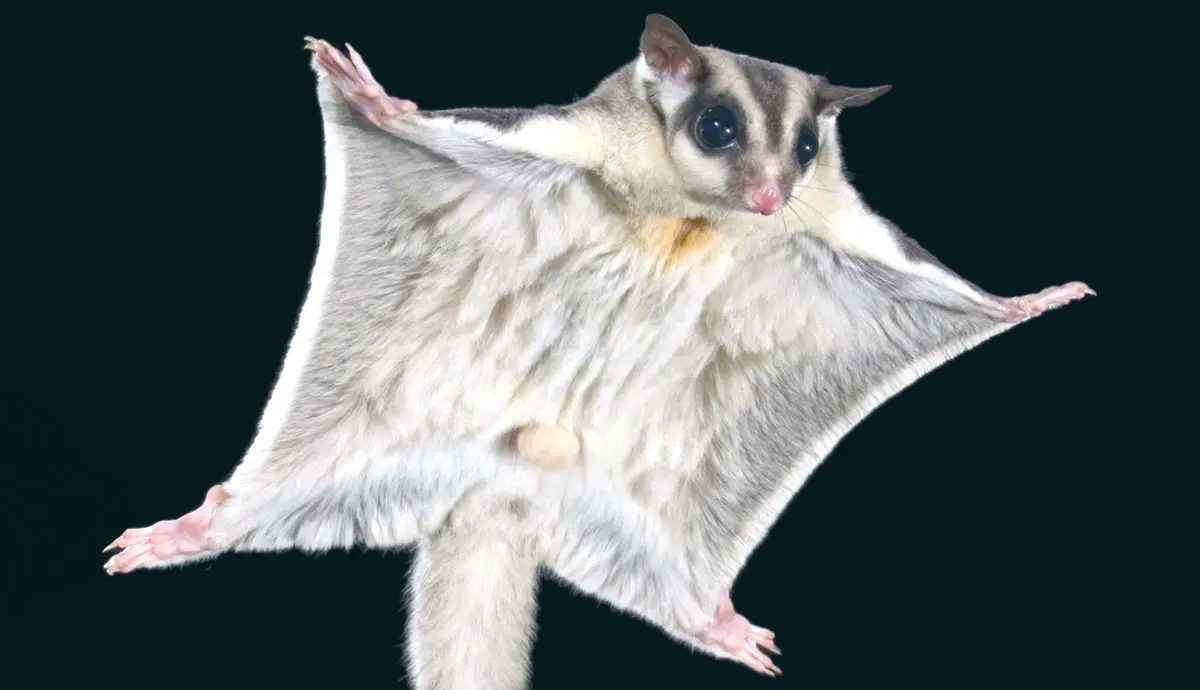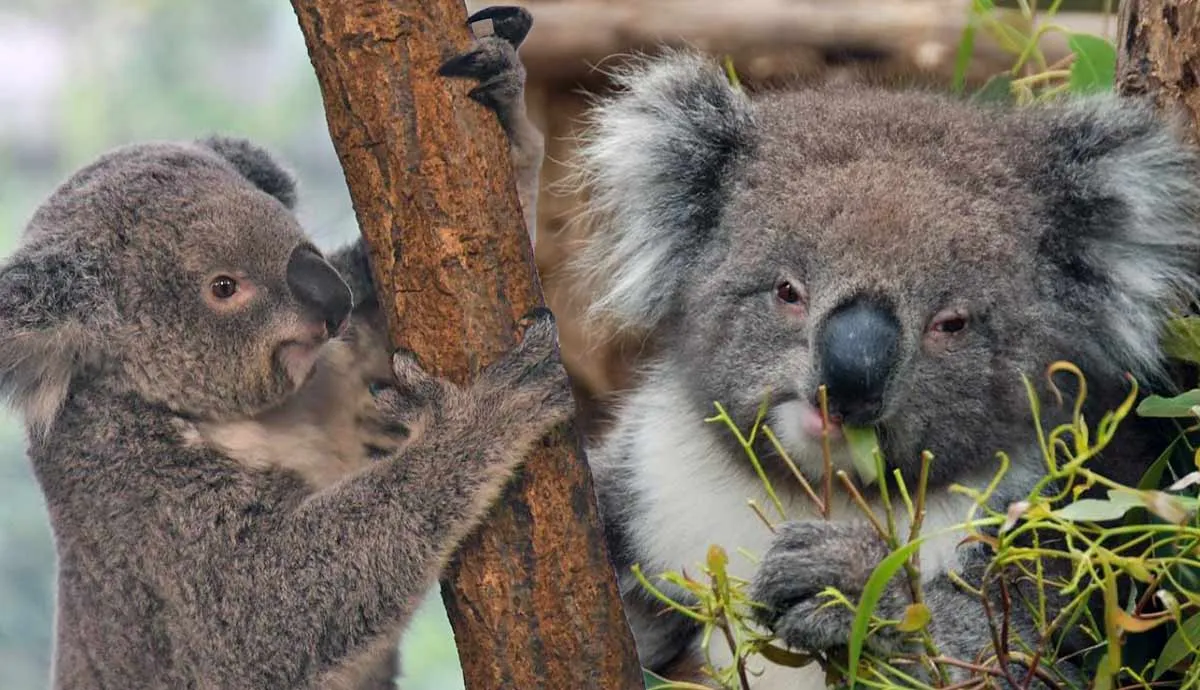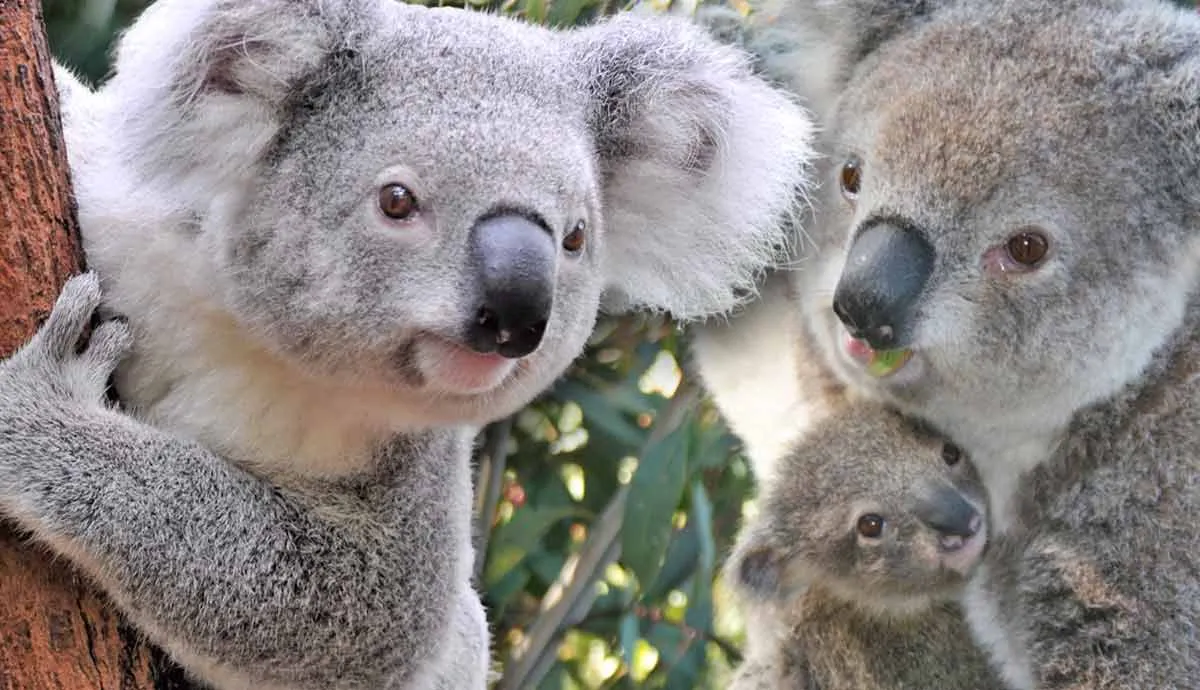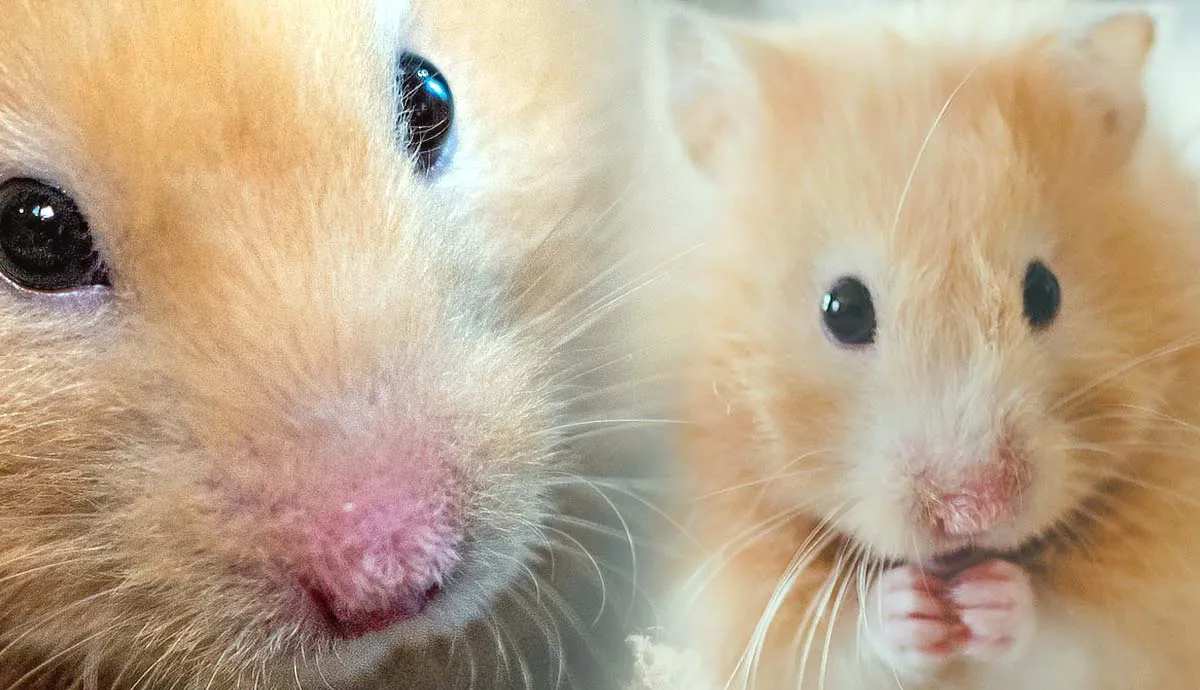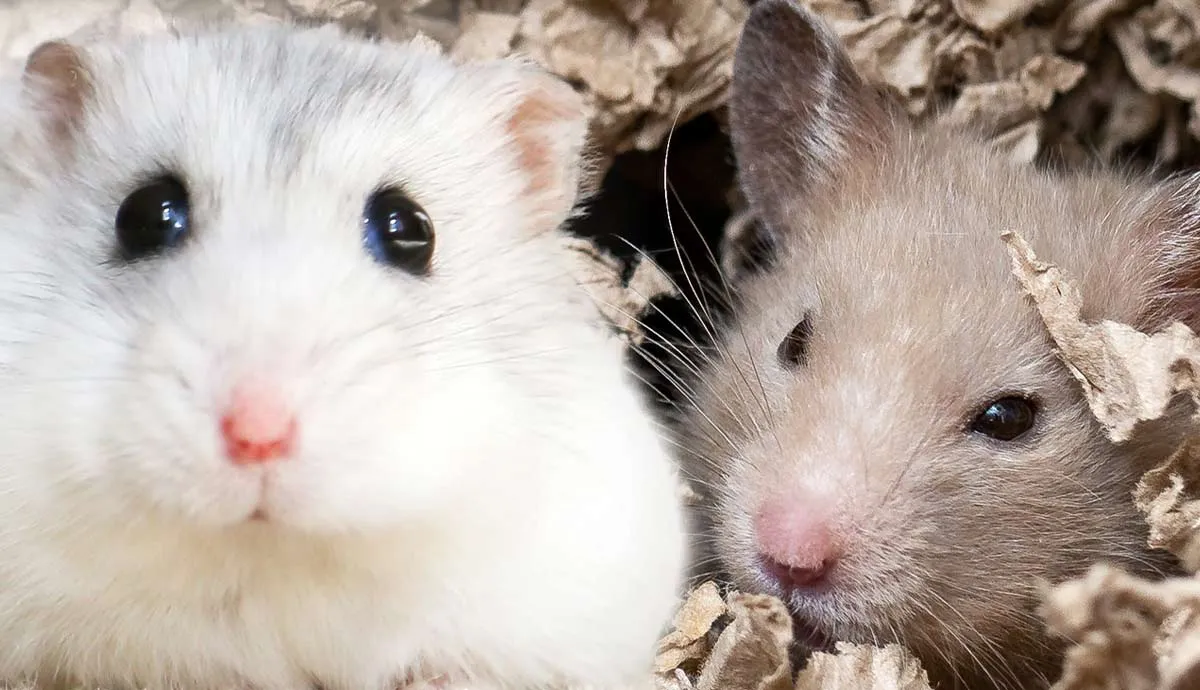Sugar gliders are adorable little mammals that use skin flaps to glide between trees. They’re native to forests of Australia, Indonesia, and New Guinea, but they can also be kept as pets. However, since they’re such unusual animals, there are lots of fascinating facts to learn about these critters.
9. Sugar Gliders are Named After Their Love of Sweets
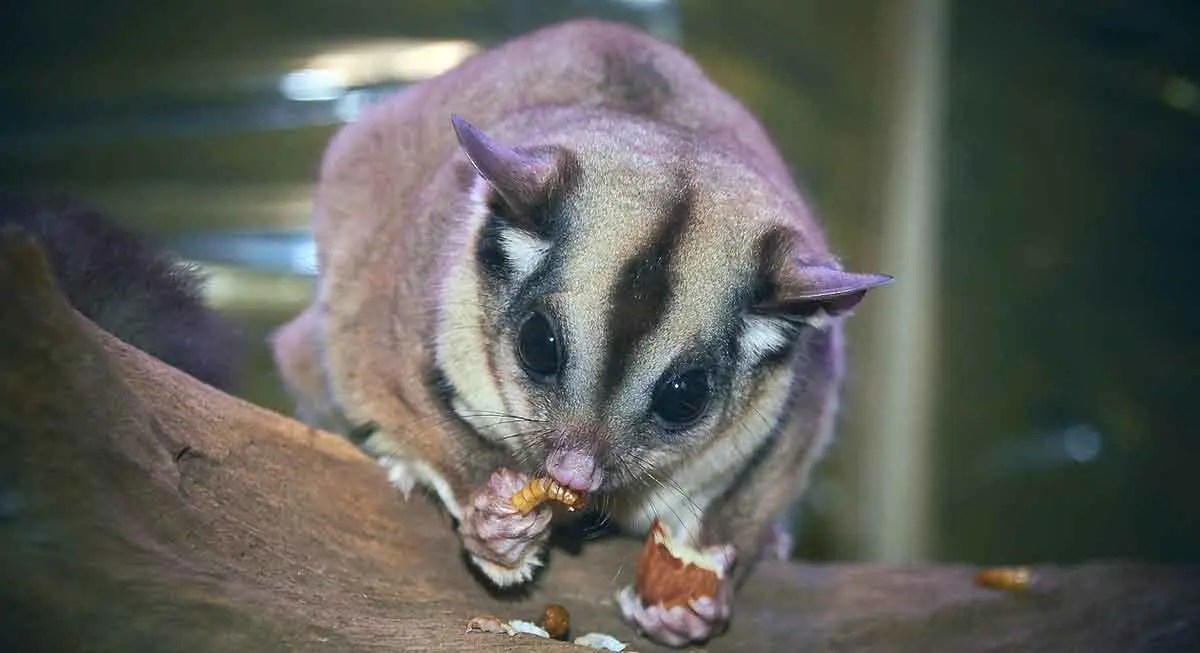
As the name implies, sugar gliders adore anything that tastes sweet. Thus, nectar and fruits are adored by these mammals both in captivity and in the wild. If given the option, sugar gliders will almost always choose sweets above other food, so fruit should only be given in moderation as pets.
Sugar gliders are omnivorous, so they benefit from a variety of meats and plants. In addition to sugary snacks, they also eat insects. Their diets may vary depending on the season and habitat. For example, many sugar gliders eat more insects in the summer while relying on gum from the eucalyptus and acacia trees in the winter.
8. Sugar Gliders Raise Their Young in a Pouch

Despite looking like rodents, sugar gliders are marsupials like kangaroos and wombats. So, female sugar gliders have pouches for raising their young. Baby sugar gliders typically live in their mother’s pouch for ten weeks after birth. The young sugar gliders are protected in the pouch so the mom can go about her normal activities without accidentally harming them.
7. Sugar Gliders are Nocturnal
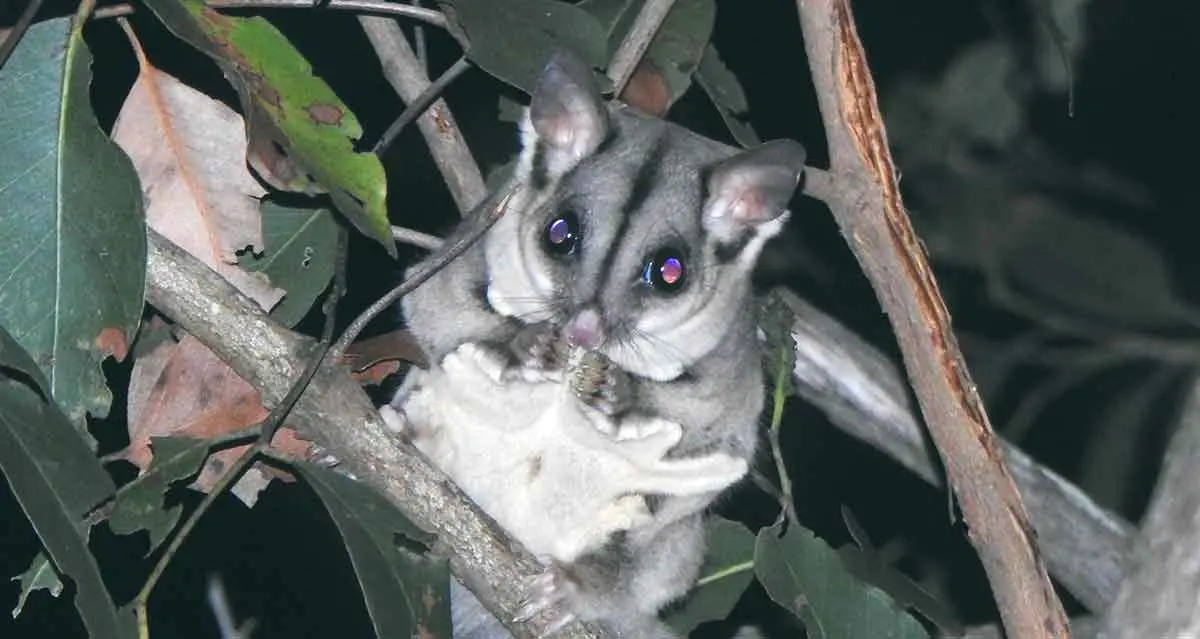
Sugar gliders are nocturnal, so they’re most active at night and sleep during the day. In the wild, a sugar glider’s predators are mostly diurnal (active during the day). These little marsupials find secure places to sleep amid daylight to protect themselves from getting eaten.
Even though sugar gliders don’t have predators in captivity, they follow a similar schedule. Anyone who wants to keep them must understand that they won’t see them much when it’s light out.
6. Sugar Gliders are Social Animals
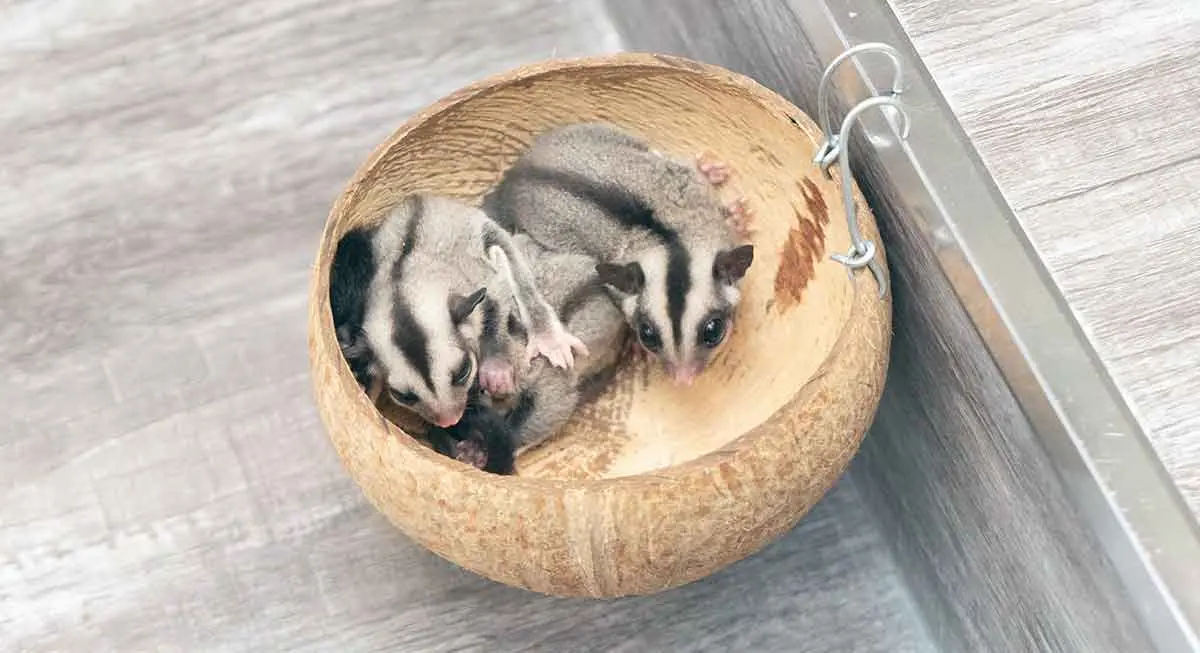
Both in the wild and in captivity, sugar gliders are social. They can live in colonies with as many as 10, 20, or even 40 individuals. Each colony has two alpha males who are the fathers of all the baby sugar gliders.
Keeping dozens of sugar gliders in captivity isn’t realistic, but a pet sugar glider should have at least one or two companions. They make good pets when they’re near other sugar gliders, but if they’re kept solo, they may become depressed or ill. Always adopt sugar gliders in pairs or groups.
5. Sugar Gliders Can Bark, Hiss, and Purr
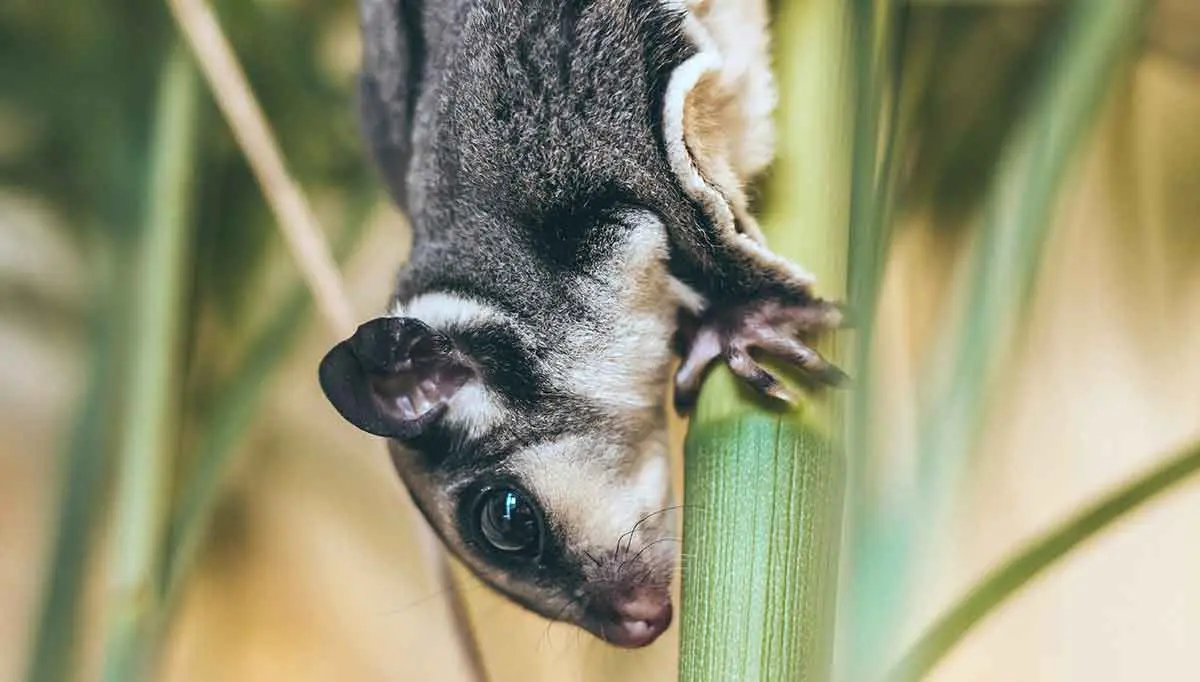
These tiny critters are very vocal, and some of their sounds resemble dog and cat noises. They may bark like a small dog or hiss and purr like a cat. They may even let out squeaks, cries, and screams, some of which could come across as human-like.
Sugar gliders use these sounds to communicate with each other. For example, one might bark to alert the rest of the colony of a predator in the wild. The warning can help the other sugar gliders quickly freeze or hide to protect themselves. They may also bark when looking for a mate.
Since sugar gliders are nocturnal, this range of sounds will typically occur at night, even in captivity. So, keep that in mind if you’re thinking about getting sugar gliders.
4. Sugar Gliders Can Grab Things with Their Tail

Sugar gliders have a semi-prehensile tail, meaning they can use it to grab things. They can hold lightweight objects, such as leaf matter for building nests and pieces of food, with their tail. However, they don’t hang from the trees by their tails because their tails cannot support their weight.
Their tails are almost as big as the rest of their bodies. So, when they’re not holding objects with their tail, they’re using it for balance and stability. Their tails can help guide them and keep them upright when gliding.
3. Sugar Gliders Have Opposable Thumbs
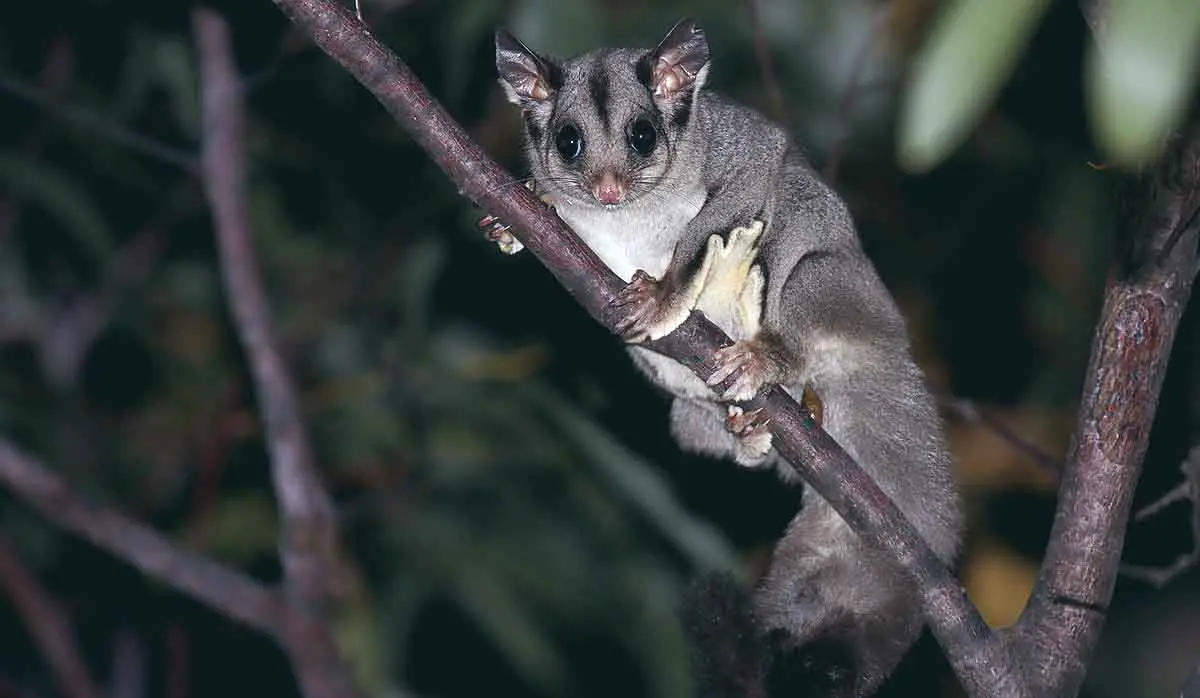
On a sugar glider’s tiny little foot, they have four fingers and an opposable thumb. All four feet are structured the same so sugar gliders can efficiently climb and grab onto trees after gliding. They have sharp nails on the end of each toe so they can hook onto branches more easily.
2. Male Sugar Gliders Usually Have a Bald Spot

When male sugar gliders reach sexual maturity, a bald spot typically appears on their head. This bald spot may not appear if the sugar glider is neutered. The diamond-shaped bald spot contains a scent gland used to mark their mates, offspring, and territories.
Scent is a strong method of communication for sugar gliders. Each sugar glider has a unique scent that helps the others in their colony identify them and determine their ranking. Sugar gliders can release an unpleasant substance from their scent glands when they feel threatened. The substance is usually oily and smells like rotting fruit.
Since males have a special scent gland, they’re often louder and more territorial than females. Males are more likely to mark humans and areas of their enclosure.
1. Sugar Gliders Can Glide About 150 Feet
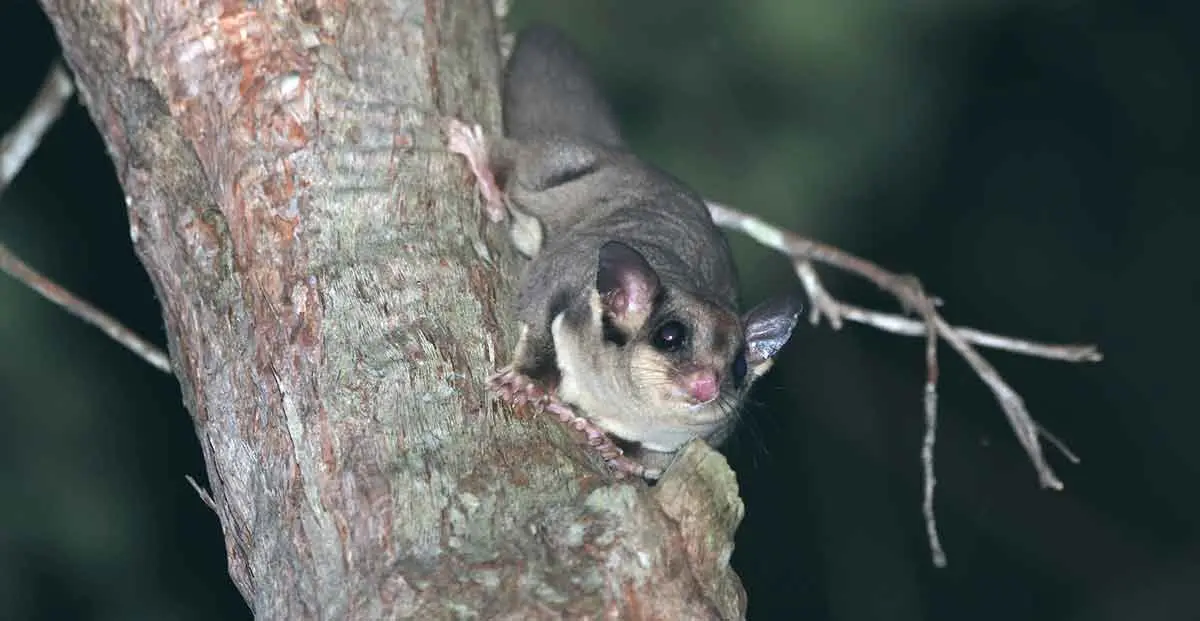
Sugar gliders are known for the membrane of skin that stretches from their wrists to their ankles. When they jump from trees, they can extend that skin like a parachute, allowing them to glide to a nearby surface. They can glide up to 165 feet (50 meters).
Their wide range of vision allows them to locate their destination and determine if it’s close enough to glide to. While gliding, they can catch moths and other insects in mid-air. Bending their tail, arms, and hands can help them adjust their direction while gliding.
Sugar gliders are a one-of-a-kind species that many people are fascinated by. Unfortunately, their popularity makes them commonly exchanged in the illegal pet trade. If you’re interested in getting a sugar glider as a pet, do your research to ensure you’re supporting a reputable source.
